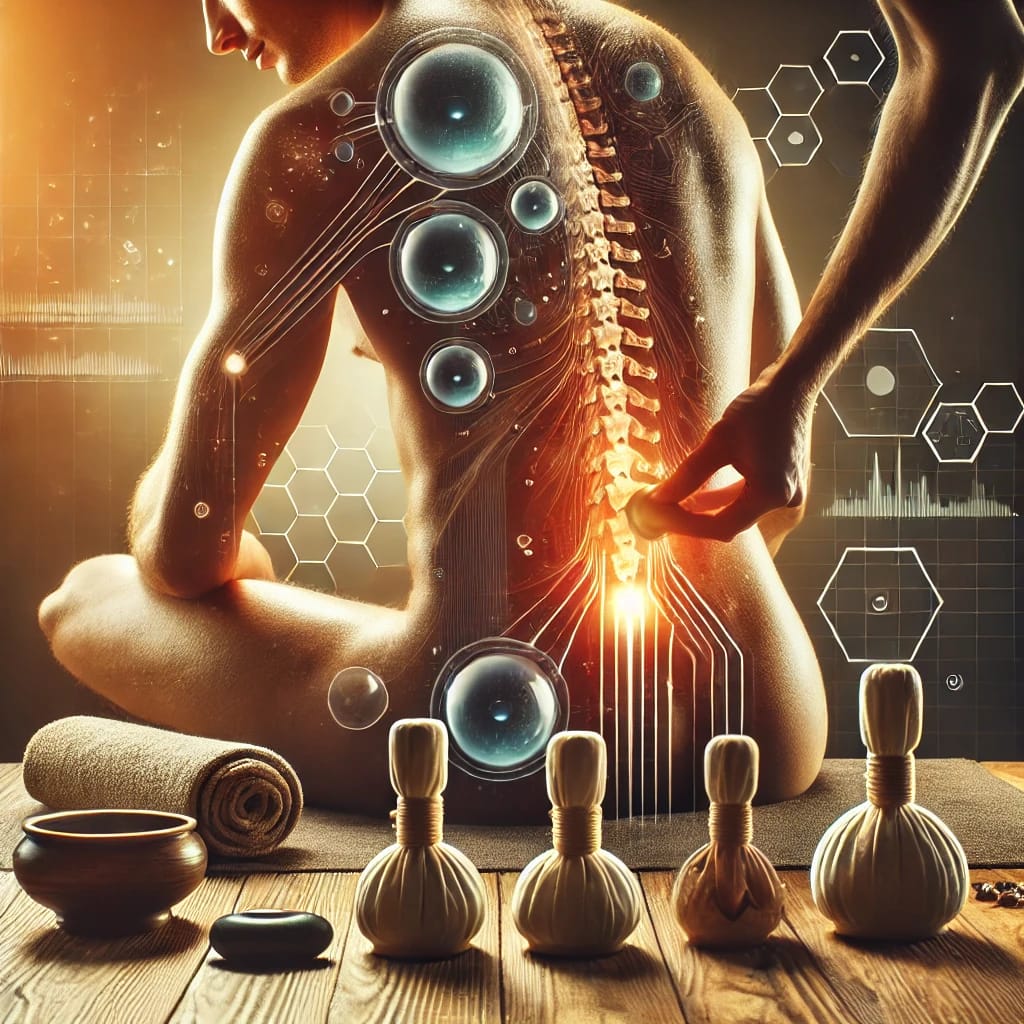Massage Therapy: A Revolutionary Approach to Physical and Mental Well-being
Introduction to Massage as a Healing Art
Massage therapy is more than just a luxury or a means of relaxation; it is a scientifically backed, therapeutic practice that has been used for centuries to promote healing, reduce stress, and improve overall well-being. The art of massage is deeply rooted in various cultures, from traditional Chinese medicine to Ayurvedic healing in India and Swedish techniques in the West. Today, modern science has recognized massage therapy as an essential component of holistic health, integrating it into medical treatments, sports recovery programs, and mental health therapies.
How Massage Therapy Influences the Body and Mind
Massage therapy works by stimulating different physiological systems in the body, making it an effective natural treatment for various conditions.
1. The Nervous System and Stress Reduction
One of the most immediate benefits of massage is its impact on the nervous system. The human body operates in two primary states:
- Sympathetic Nervous System (Fight or Flight Mode): Activated during stress, leading to increased heart rate, shallow breathing, and muscle tension.
- Parasympathetic Nervous System (Rest and Digest Mode): Responsible for relaxation, slowing the heart rate, and promoting deep breathing.
Massage therapy stimulates the parasympathetic system, reducing cortisol levels and increasing serotonin and dopamine, the neurotransmitters responsible for happiness and relaxation.
2. Improved Blood Circulation and Detoxification
Massage enhances blood flow, delivering oxygen and essential nutrients to tissues while aiding in the removal of metabolic waste. This detoxification process helps reduce inflammation and muscle soreness, making massage therapy essential for athletes, individuals recovering from injuries, and those with chronic pain conditions.
3. Pain Management Without Medication
Many individuals rely on painkillers to manage chronic conditions such as migraines, arthritis, or lower back pain. However, excessive medication use can lead to dependency and unwanted side effects. Massage therapy offers a natural alternative by targeting trigger points, reducing nerve compression, and relaxing muscles to alleviate pain at its source.
Innovative and Specialized Massage Techniques
Traditional massage techniques such as Swedish and deep tissue are widely known, but advancements in massage therapy have introduced specialized techniques tailored to different health needs.
1. Myofascial Release Therapy
This technique focuses on relieving tension in the fascia, the connective tissue that surrounds muscles and organs. Myofascial release is particularly beneficial for individuals with chronic pain conditions like fibromyalgia and carpal tunnel syndrome.
2. Craniosacral Therapy
A gentle form of bodywork that focuses on the craniosacral system (skull, spinal cord, and cerebrospinal fluid), this technique is effective for migraines, anxiety, and even post-traumatic stress disorder (PTSD).
3. Lymphatic Drainage Massage
This specialized technique promotes lymph circulation, helping the body eliminate toxins and reduce swelling. It is commonly used for post-surgical recovery, immune system support, and treating lymphedema.
4. Cupping Therapy and Massage
Popularized by athletes and alternative medicine practitioners, cupping therapy involves creating suction on the skin to stimulate blood flow and muscle recovery. When combined with massage, it enhances relaxation and detoxification.
5. Aromatherapy Massage
This form of massage integrates essential oils, each with its own therapeutic properties. Lavender oil, for example, promotes relaxation, while peppermint oil helps relieve headaches and muscle tension.
Mental Health Benefits of Massage Therapy
In addition to its physical benefits, massage therapy plays a crucial role in mental well-being.
1. Reducing Anxiety and Depression
Multiple studies have shown that massage therapy helps decrease symptoms of anxiety and depression by lowering cortisol levels and increasing serotonin production. Individuals with generalized anxiety disorder (GAD) or post-traumatic stress disorder (PTSD) often experience significant relief after regular massage sessions.
2. Enhancing Mindfulness and Emotional Balance
Massage promotes mindfulness by encouraging individuals to focus on their bodily sensations and breath. This awareness helps reduce mental clutter, improve concentration, and promote emotional stability.
3. Sleep Improvement and Insomnia Relief
Massage therapy has been linked to increased melatonin production, the hormone responsible for regulating sleep cycles. Individuals suffering from insomnia or irregular sleep patterns can benefit from regular massage sessions, especially when combined with relaxation techniques like meditation.
Massage Therapy in Medical and Sports Fields
1. Massage for Athletes: Performance and Recovery
Athletes use massage therapy as an essential component of their training and recovery process. Key benefits include:
- Faster recovery from injuries
- Improved flexibility and muscle function
- Reduced risk of sports-related injuries
Sports massage is often used before and after competitions to enhance performance and prevent muscle fatigue.
2. Medical Massage for Chronic Conditions
Massage therapy is now integrated into medical treatments for various conditions, including:
- Cancer Patients: Massage helps alleviate pain, nausea, and anxiety associated with chemotherapy.
- Multiple Sclerosis (MS): Gentle massage improves mobility and reduces muscle spasms.
- Arthritis: Massage therapy helps reduce joint stiffness and improve circulation.
3. Prenatal and Postnatal Massage
Pregnant women benefit from specialized prenatal massage, which helps alleviate back pain, improve circulation, and reduce swelling. After childbirth, massage supports postpartum recovery by promoting relaxation and reducing stress.
How to Choose the Right Massage Therapist
To ensure a safe and effective massage experience, it is important to choose a qualified therapist.
1. Check Certifications and Training
Look for therapists who are certified by reputable institutions and have specialized training in the technique you need.
2. Consider Experience and Specialization
If you need massage therapy for a specific condition, such as sports recovery or chronic pain, choose a therapist with expertise in that area.
3. Read Client Reviews
Checking online reviews or asking for recommendations can help you find a trusted therapist who meets your expectations.
4. Communicate Your Needs
Before the session, discuss any health concerns or preferences with your therapist to ensure a personalized experience.
Making Massage Therapy a Part of Your Lifestyle
To maximize the benefits of massage therapy, consider incorporating it into your routine:
- Schedule Regular Sessions: Whether weekly or monthly, consistency is key to long-term benefits.
- Combine with Other Wellness Practices: Massage therapy works well with yoga, meditation, and physical therapy.
- Listen to Your Body: Pay attention to how your body responds and adjust your frequency or techniques accordingly.
- Stay Hydrated: Drinking water after a massage helps flush out toxins and improve circulation.




